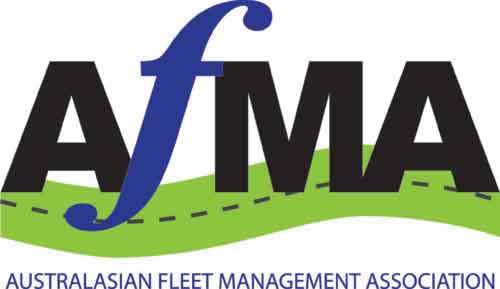INTRODUCTION
MANUAL OF FLEET MANAGEMENT
INTRODUCTION
The organisation needs to define the process of how it will identify its transport needs and match that with the appropriate levels of driving skill. It must also determine how it will approve people to drive company supplied vehicles or drive on company business and how it will manage any outsourced transport services.
As employees join the organisation or existing employees take on additional functions and responsibilities, the generic job function should identify whether the position requires driving a company supplied vehicle or driving on the company’s behalf and the level of licence required.
It is important for the organisation to identify its policy regarding additionally authorised drivers such as employee partners and family members. If company policy authorises employee partners and family members to drive then they should be subject to the same management control as any employee.
Alternatively the organisation might opt for a universal driver approval approach where all licensed employees are approved to a specific vehicle and license level.
Regardless of the approach adopted any and all persons authorised to drive by the company must be subject to regular checks, reviews and management.





